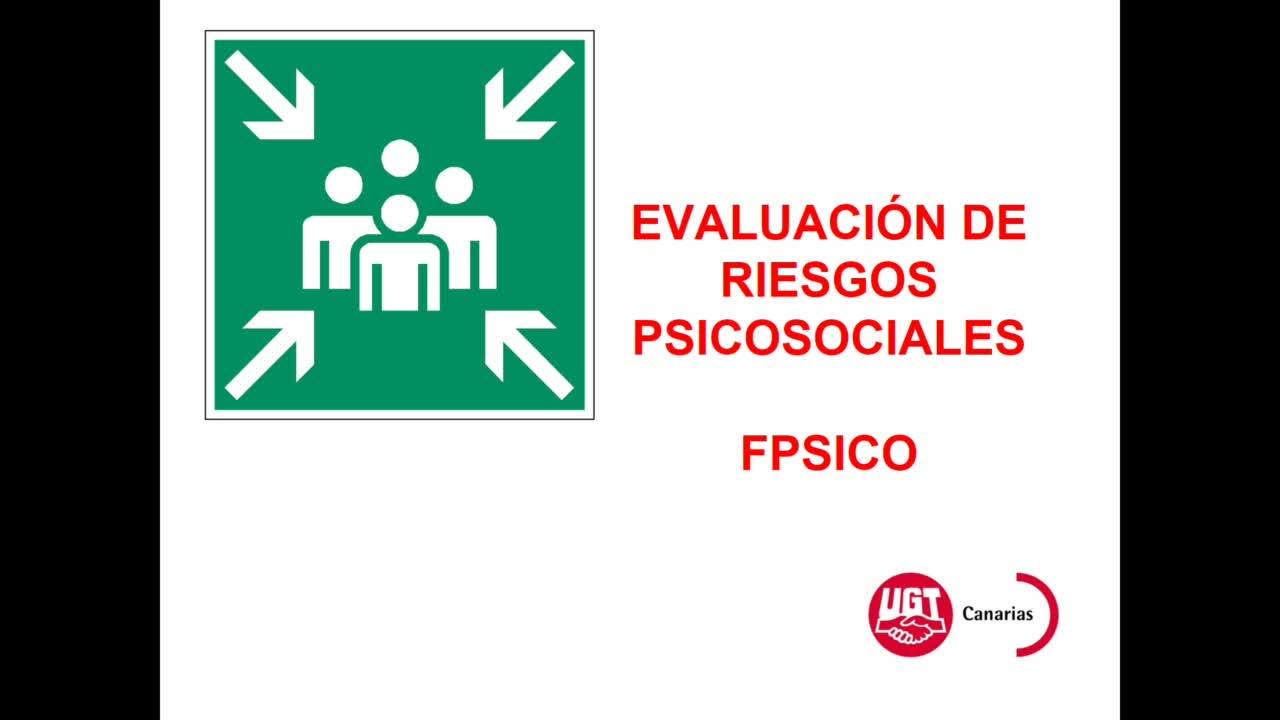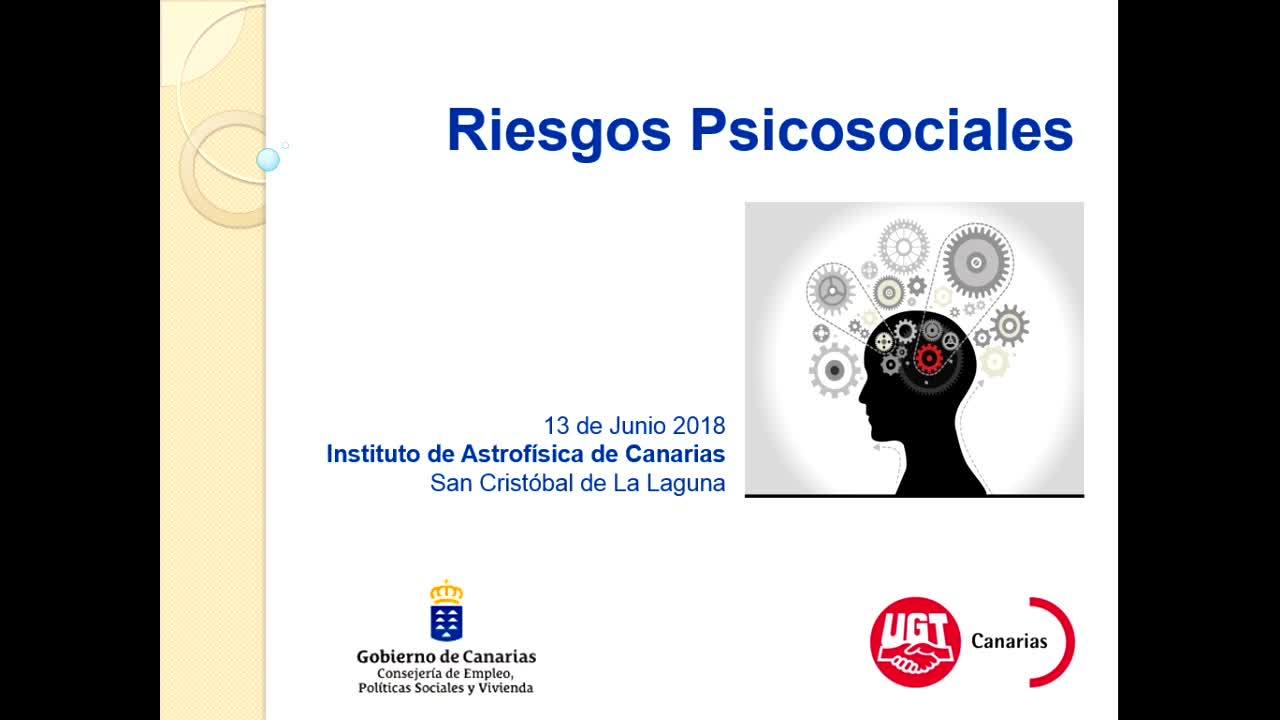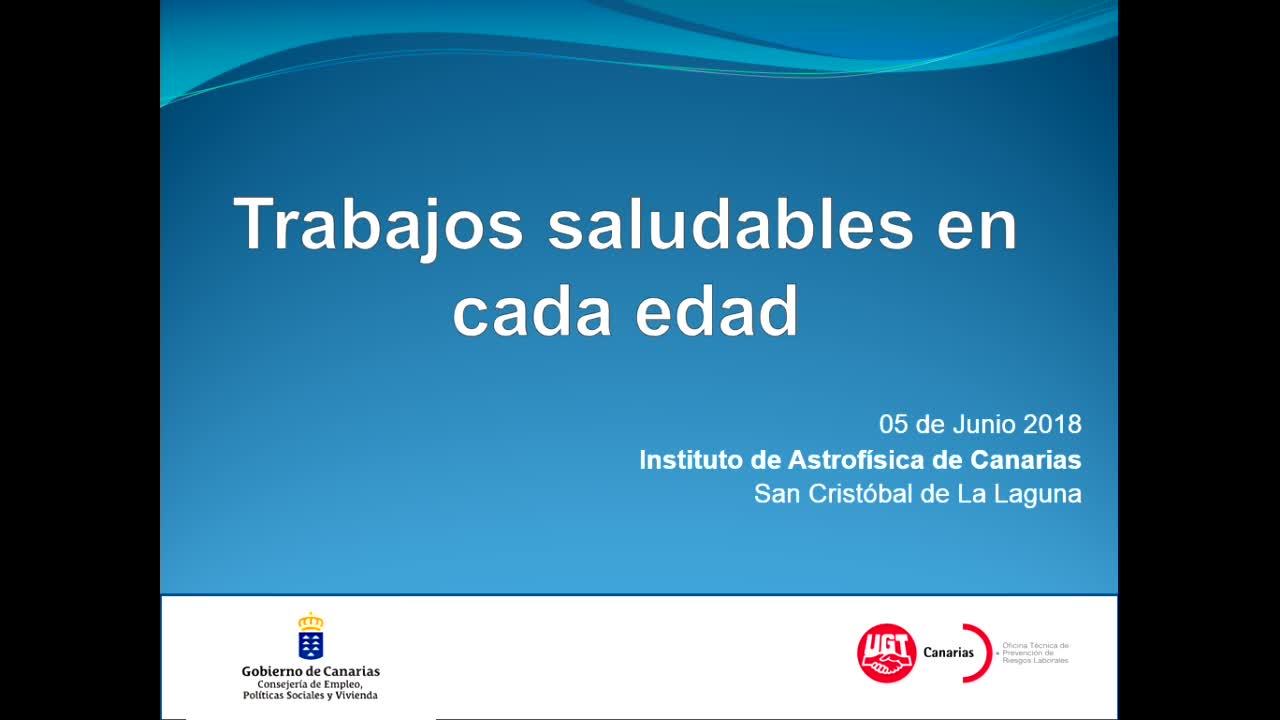Found 75 talks archived in General

Abstract
Pequeñas charlas consecutivas de 5 minutos sobre el trabajo de los becarios de verano en el IAC.
Youtube:
https://youtube.com/live/HrVzwfY33bQ?feature=share

Abstract
Pequeñas charlas consecutivas de 5 minutos sobre el trabajo de los becarios de verano en el IAC.
Entrar Zoom Reunión
https://rediris.zoom.us/j/89609059257
ID de reunión: 896 0905 9257

IAC
Abstract
Astronomy has traditionally been an open science with a wide-spread attitude of sharing and exchange of best practices. Outside of astronomy, a strong movement towards Open Access Publishing has taken place during recent years, which is now affecting all scientific subject areas.
In this presentation, we will give a quick overview of what Open Access is and what it means for astronomy, and will review the current publishing models of core astronomy journals. A special focus will be the support libraries provide to scientists to make the best use of the Open Access options available to them, as well as the ways in which librarians help to shape movements in scholarly communication in order to establish a more collaborative, transparent publishing landscape.

Abstract
After three intense and fruitful weeks, the first MIT student camp at the OT is coming to an end. We celebrate the achievements of this successful pilot experience of collaboration between the two institutions with a special event where the students will present their results with the following talks:
- Oris Neto - HD370222 and its spectral melodies (PI: Dr. Sergio Simon-Diaz, IAC)
- Claire McLellan-Cassivi - Determining rotation periods of 3 Koronis family asteroids (PI: Dr. Steven Slivan, MIT)
- Mohan Richter-Addo - Astrometric calibration of the Artemis telescope (PI: Dr. Michael Person, MIT)
- Helena McDonald - Observations of historic IAC dwarf stars in the modern epoch (PIs: Drs. Rafael Rebolo and Roi Alonso, IAC)
- Hillary Andales - Host galaxies properties of mid-infrared tidal disruption event candidates (PI: Megan Masterson, MIT)
- Kylee Carden - Followup observations of TESS objects of interest: Discovering (real) other worlds (PI: Dr. Michael Person, MIT)


Abstract
Starlight principles and recommendations are brought together in the “Declaration in Defence of the Night Sky and the Right to Starlight” (“La Palma Declaration.” 2007), in which, in addition to the IAC, representatives of UNESCO, UNWTO, IAU, UNEP-CMS, CE, SCBD, COE, MAB and the Ramsar Convention all participated and launched Starlight as an international movement in defence of the sky by night and day and to treat it as a source of knowledge and culture that should be shared with society as a whole, promoting the dissemination of astronomy and sustainable, high-quality tourism in those places where the night sky is cared. The Starlight Reserves, Tourist Destinations and other modalities are scenarios that incorporate the observation of the sky as part of the natural, scenic, cultural and scientific heritage and encourage “Star Tourism”, promoting infrastructure, products, activities and training of specialized guides in the field of sustainable tourism. The Starlight Foundation has been selected to lead the UNWTO Affiliate Member Working Group on Scientific Tourism. Updated Starlight certifications and current projects will be summarized in this presentation.

Abstract
Principios del siglo XXI, en una fecha por determinar. Una desconocida deja en la biblioteca del IAC siete cuadernos de observaciones astronómicas realizadas más de cien años antes (1886 – 1891), en Madrid y Santa Cruz de Tenerife, por un tal Juan Valderrama y Aguilar (JVyA). Los cuadernos duermen en la biblioteca otros diez años hasta que los descubrimos por casualidad. Nos sorprende la calidad y meticulosidad de los dibujos que ilustran los cuadernos, el hecho de que trabajos de Juan Valderrama son citados en el ADS (Astrophysics Data System) y, sobre todo, el que siendo nosotros astrónomos profesionales del IAC, jamás hubiéramos oído hablar de él. ¿Podría haber vivido en Santa Cruz un astrónomo del que la historia oficial de la astronomía Canaria no tuviera noticia alguna? La respuesta a la pregunta anterior es "sí". JVyA es un completo desconocido para la historia oficial, pero tiene una biografía científica digna de ser recordada. Fuera de los ambientes universitarios y de la ciencia oficial, JVyA estaba, sin embargo, bien conectado con el mundo de la astronomía moderna de la época. Suyo es el que puede ser considerado el primer artículo de astronomía publicado por un canario en una revista internacional (Valderrama, 1886, L’Astronomie, Vol. 5, Pág. 388), y lo hace cuando tiene sólo 17 años. Hemos escrito una breve biografía de JVyA que reivindica su figura de astrónomo, y que será publicado por el Cabildo de Tenerife. En la charla queremos presentar a JVyA así como alguna de sus contribuciones astronómicas.

Abstract
Charla divulgativa sobre cultura preventiva en el IAC

Abstract
Charla divulgativa sobre cultura preventiva en el IAC

Abstract
Charla divulgativa sobre cultura preventiva en el IAC
Upcoming talks
- Runaway O and Be stars found using Gaia DR3, new stellar bow shocks and search for binariesMar Carretero CastrilloTuesday April 30, 2024 - 12:30 GMT+1 (Aula)
- Detecting GWs in the muHz: natural and artificial satellites as GW detectorsProf. Diego BlasThursday May 2, 2024 - 10:30 GMT+1 (Aula)









